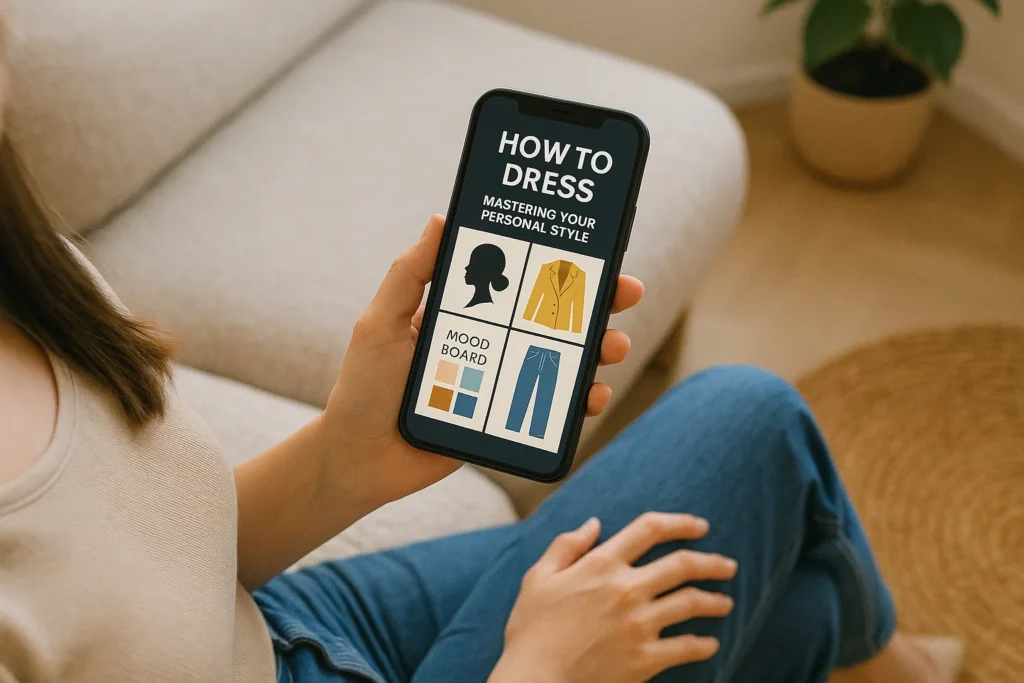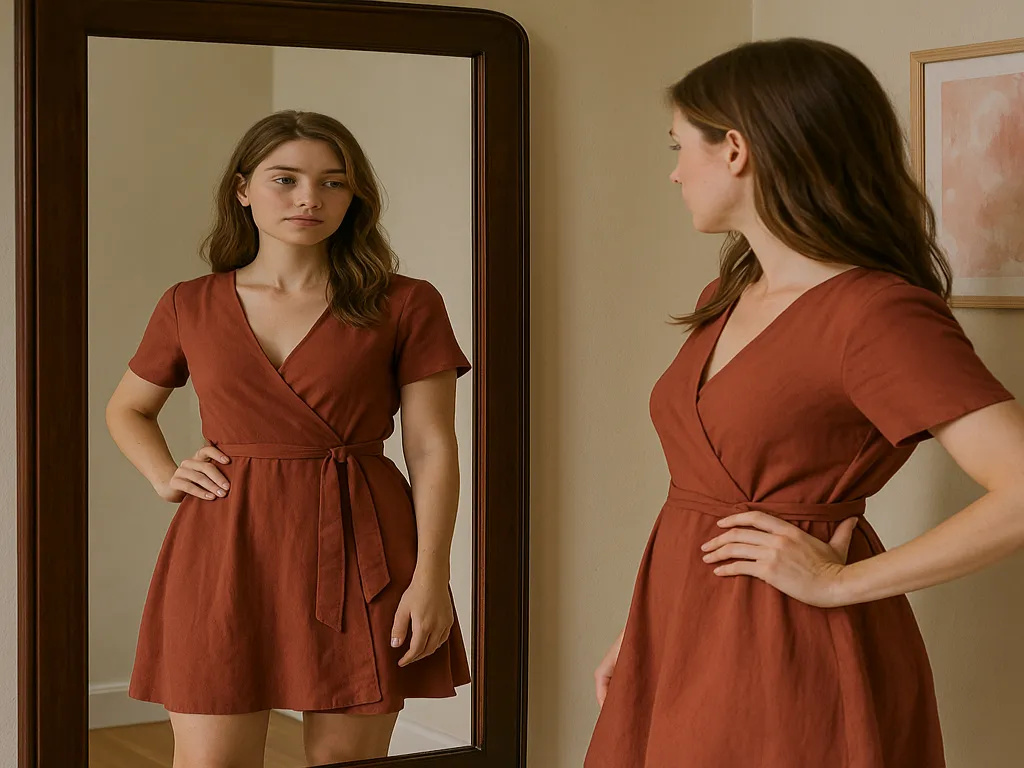In today’s professional landscape, understanding how to dress business casual men is essential for making a positive impression. Business casual attire strikes a balance between formal and relaxed, allowing men to express their personal style while maintaining a polished appearance. This guide will explore the nuances of business casual dressing, providing practical tips, examples, and insights to help you navigate this often ambiguous dress code.
Understanding Business Casual
Business casual can vary significantly depending on the workplace culture, industry, and even geographic location. Generally, it encompasses a range of clothing that is less formal than traditional business wear but still professional. Key components include:
- Dress shirts (button-downs, polos)
- Trousers (chinos, dress pants)
- Blazers or sport coats
- Dress shoes (loafers, oxfords)
- Accessories (belts, watches)
By understanding the business casual dress code, you can avoid common pitfalls and ensure that your outfit is appropriate for any professional setting.
Essential Pieces for a Business Casual Wardrobe
To master how to dress business casual men, it’s crucial to have a well-rounded wardrobe. Here are some essential pieces to consider:
1. Dress Shirts
Opt for button-down shirts in solid colors or subtle patterns. Light blue, white, and pastel shades are versatile choices that pair well with various trousers. Avoid overly loud prints or graphic tees, as they can detract from a professional appearance.
2. Trousers
Chinos and tailored dress pants are ideal for business casual settings. Choose neutral colors like navy, gray, or khaki to ensure versatility. Ensure a good fit—pants that are too loose or too tight can undermine your overall look.
3. Blazers and Sport Coats
A well-fitted blazer can elevate a simple outfit. Choose a blazer in a classic color that complements your shirt and trousers. This piece is perfect for meetings or events where you want to appear more polished.
4. Footwear
Dress shoes are a must for business casual attire. Consider loafers or oxfords in leather or suede. Ensure your shoes are clean and polished, as footwear can significantly impact your overall impression.
5. Accessories
Accessories can enhance your business casual look. A quality belt, a classic watch, and minimal jewelry can add a touch of sophistication without being overbearing. Remember, less is often more in a professional setting.
Color Coordination and Patterns
When dressing business casual, color coordination is key. Stick to a cohesive palette that reflects professionalism. Here are some tips:
- Neutrals: Colors like black, white, gray, and navy are timeless and versatile.
- Accent Colors: Use brighter colors sparingly for shirts or ties to add personality.
- Patterns: Subtle patterns like stripes or checks can add interest without being distracting.
By carefully selecting your colors and patterns, you can create outfits that are both stylish and professional.
Common Mistakes to Avoid
Even with the best intentions, it’s easy to make mistakes when dressing business casual. Here are some common pitfalls to avoid:
- Wearing jeans that are too casual or distressed.
- Choosing overly casual footwear, like sneakers or flip-flops.
- Overdressing or underdressing for the occasion.
- Neglecting personal grooming and hygiene.
By being aware of these mistakes, you can ensure that your business casual attire remains appropriate and polished.
Examples of Business Casual Outfits
To help you visualize how to put together a business casual outfit, here are a few examples:
Example 1: Classic Business Casual
A light blue button-down shirt, navy chinos, and brown leather loafers create a timeless look. Add a gray blazer for a polished finish.
Example 2: Smart Casual
A white polo shirt paired with beige chinos and tan dress shoes offers a relaxed yet professional vibe. This outfit is perfect for casual Fridays or informal meetings.
Example 3: Trendy Business Casual
For a more modern take, consider a patterned shirt with dark trousers and Chelsea boots. This look is stylish while still adhering to the business casual dress code.
Frequently Asked Questions
What is the difference between business casual and smart casual?
Business casual is generally more formal than smart casual. While both styles allow for relaxed attire, business casual typically requires dress shirts and dress shoes, whereas smart casual can include more casual items like jeans and sneakers.
Can I wear jeans for business casual?
Yes, you can wear jeans for business casual, but they should be dark, well-fitted, and free of distressing. Pair them with a dress shirt or blazer to maintain a professional appearance.
Are shorts acceptable in a business casual setting?
Shorts are generally not considered appropriate for business casual attire, especially in more formal environments. However, some creative industries may allow tailored shorts during warmer months.
Conclusion
Mastering how to dress business casual men is an essential skill in today’s professional world. By understanding the key components of business casual attire and avoiding common mistakes, you can present yourself confidently and professionally. Remember to invest in quality pieces, pay attention to color coordination, and always dress for the occasion. Whether you’re attending a meeting, networking event, or casual Friday at the office, your outfit can significantly impact your success. Start building your business casual wardrobe today and make a lasting impression!
I’m Gabriela Araújo, a Brazilian-Canadian passionate about fashion, beauty, and well-being. With a background in Nutrition and over a decade of blogging experience, I bring a balanced and authentic approach to inspiring confidence and elegance in women. Proud dog mom, nature lover, and a fan of great music, movies, and cooking, I believe every detail matters in finding your best self.


